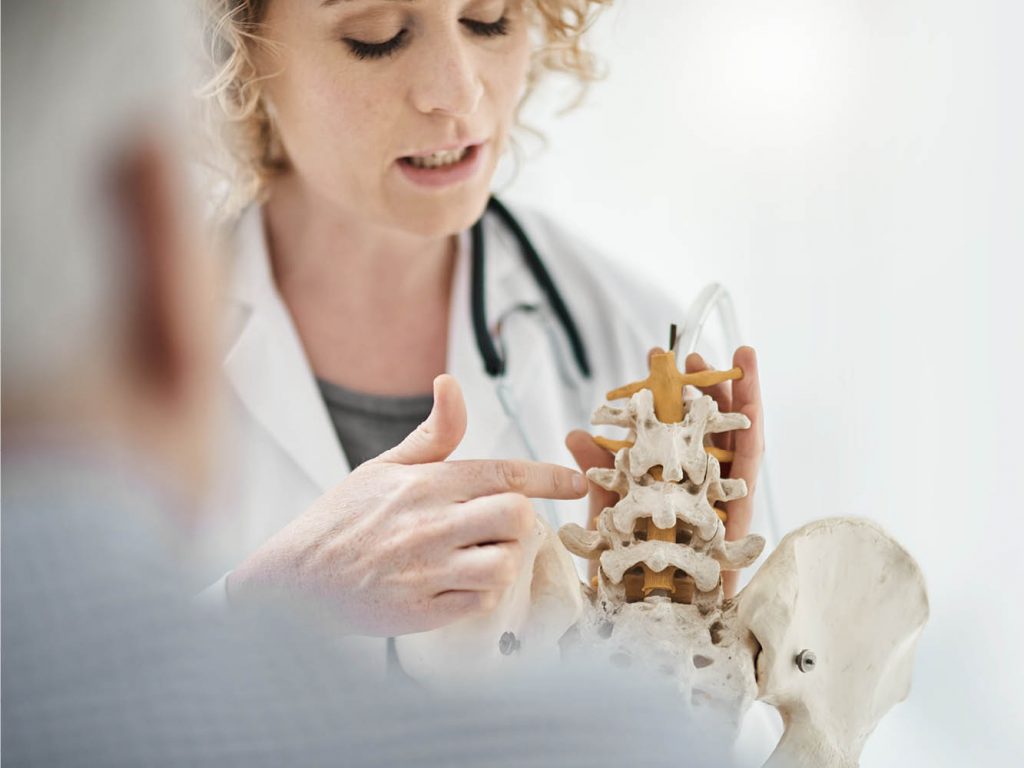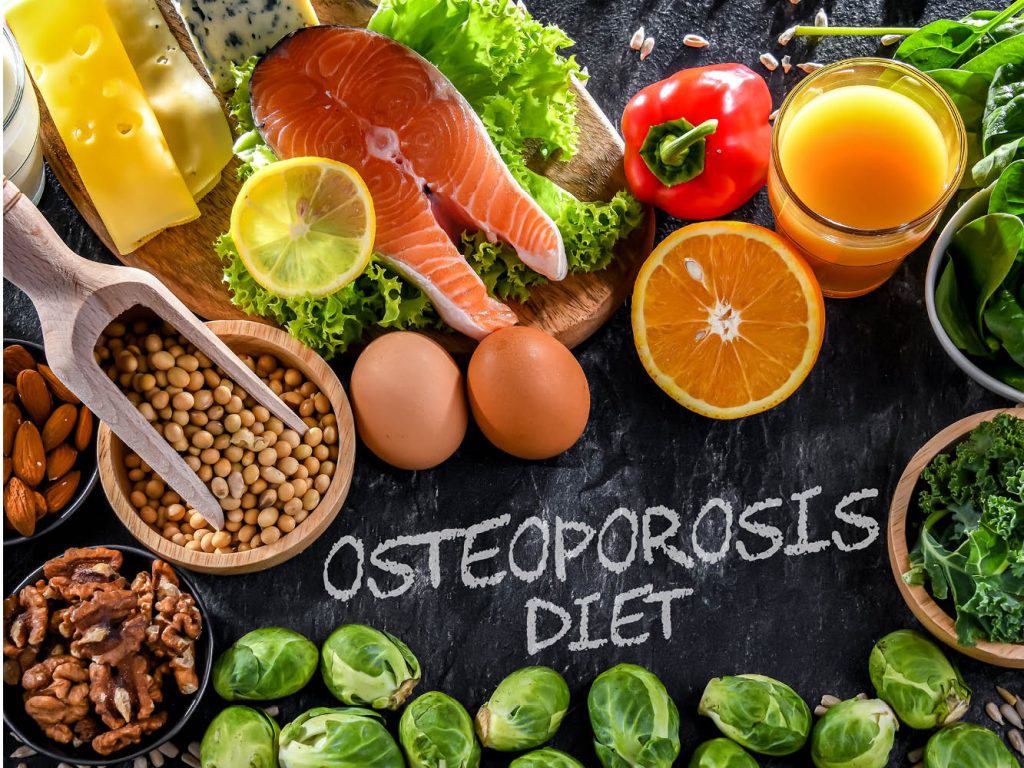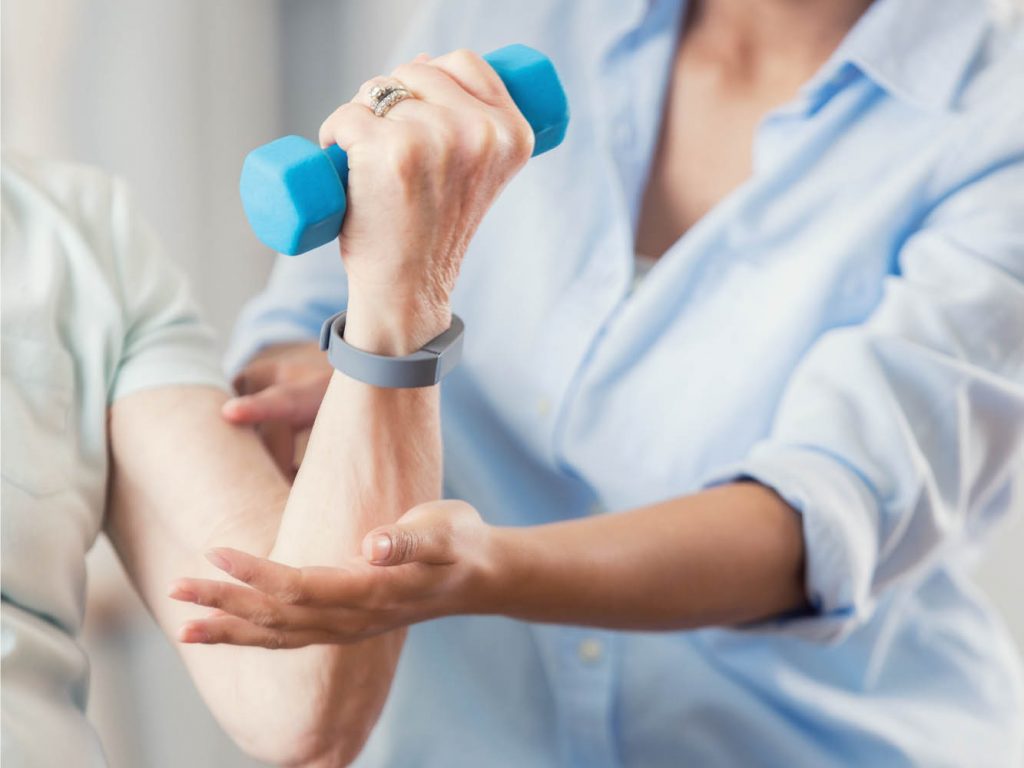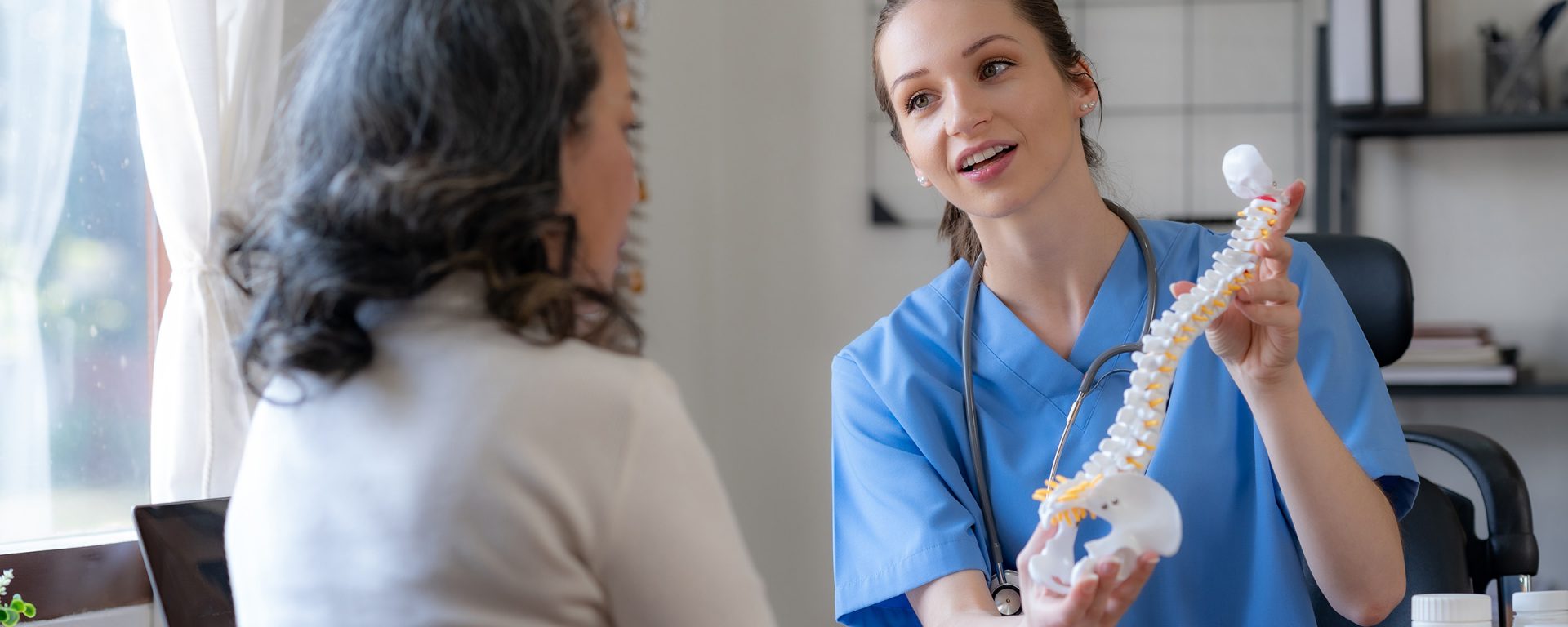Did you know that osteoporosis affects some 1.2 million people in Australia? And that it is more common in women and people over the age of 50? Although it may seem like an unavoidable consequence of ageing, there are proactive steps you can take for osteoporosis prevention and to mitigate the effects of osteoporosis on your health and quality of life.

Dr Gavin Buzza is a lecturer in exercise science and clinical exercise physiology at Charles Sturt University. Here he sheds some light on what osteoporosis is and its associated risks, and offers some valuable exercise tips for its prevention.
What is osteoporosis?

The word ‘osteoporosis’ means ‘porous bones’. It’s a disorder of the skeleton where the bones lose essential minerals – like calcium. As a result, bones become less dense and more frail. This means that the bones are at a higher risk of fractures following a minor bump, trip or fall.
While any bone in the body can be affected by osteoporosis, the most common are the hip, wrist and spine. Any fracture can lead to chronic pain, disability, loss of independence or even death. The government reports that in 2021–2022 osteoporosis contributed to 2,366 deaths in Australia. That was 1.4 per cent of all deaths. Which shows that osteoporosis prevention is very important.
There are no actual symptoms associated with bone loss due to osteoporosis. The only ‘visible’ signs that suggest you have the condition are a loss of height of four centimetres (approximately one inch) or more and the development of a stoop or hunched posture.
How do we diagnose it?
We typically measure bone density with a dual-energy X-ray absorption (DEXA) scan. This scan – usually focused on the lower spine and hips – provides a ‘T-score’ which is used to determine bone strength. This score indicates the amount of bone you have compared with a young person of the same gender who has peak bone mass. The higher the minus number, the greater the risk (so, for instance, -1 is healthier than -2.5).
In addition, fracture risk assessment tools consider age, gender, glucocorticoids (a type of hormone) and an individual’s history to estimate a 10-year probability of fracture.
Who is at risk?
There are certain risk factors that you can’t do anything about, like age and gender. Approximately 75 per cent of osteoporosis occurs in people 65 and over, and three in four cases of osteoporosis are in women.
This is because oestrogen has a protective effect on bone. Thus, with menopause – and its resulting loss of oestrogen – women lose bone faster than men. Women who have had a hysterectomy or have early menopause are at even greater risk.
Other risk factors include medications, such as corticosteroids and anti-depressants, cancer treatments, and other diseases and disorders, including rheumatoid arthritis, kidney disease, diabetes, thyroid conditions, chronic obstructive pulmonary disease and asthma.
Lifestyle risk factors – that you can change – include excessive alcohol consumption, smoking (which doubles the risk of hip fractures), malnutrition (low body weight, underweight and eating disorders), vitamin D deficiency, low calcium intake and inactivity.
Poor bone health can also be hereditary. So you have an increased risk of developing osteoporosis if a close family member has been diagnosed.
Can diet reduce the risk?

The development of osteoporosis depends on the peak amount of bone attained and the rate of bone loss through ageing. We gain peak bone mass by about 20 years of age. So maximising peak bone mass during childhood and adolescence is the first step.
Moreover, across our lifespan we need to maintain a healthy body mass index (BMI), have a nutritionally balanced diet with adequate calcium and vitamin D, and regularly perform weight-bearing exercises.
Calcium is essential for building and maintaining healthy bones. And about 99 per cent of the body’s calcium is found in our bones. And it is better that we obtain our calcium from foods rather than through supplements.
Foods rich in calcium include dairy products, seafood, green leafy vegetables, nuts and seeds, white meats and fruits.
The body needs vitamin D to absorb calcium from the intestine. We can get this from exposure to the sun, but we can also eat foods like fatty fish, eggs, yoghurt and dark chocolate to up our levels.
Exercises for osteoporosis prevention

While research shows that exercise plays an important part in stimulating bone formation, not all exercise is equal when it comes to bone health.
Weight bearing impact exercise and resistance exercise, especially those completed rapidly or at a high intensity, are most effective in promoting healthy bone cells.
Balance exercises are also very important. Improving balance can reduce their risk of falls and the associated risk of fractures.
Here’s a general guide for exercises that help with osteoporosis prevention and management. An accredited exercise physiologist can provide a program tailored to your individual health circumstances.
- Weight bearing impact exercises: These exercises should be vertical and multidirectional, and examples include jumping, hopping, skipping, step-ups and bounding.
- Resistance exercises: These should target large muscle groups and are often done with weights. Examples include weighted lunges, squats, deadlifts, push-ups and calf raises.
- Balance exercises: Examples include tandem balance (one foot in front of the other), single leg balance (one foot raised off the ground), heel-toe walking, and balancing on uneven surfaces or foam mats.
Exercises to avoid if you have osteoporosis
If you have osteoporosis you should avoid exercises which involve deep forward flexing (like bending over). Plus, anything that causes excessive twisting of the spine. You should also steer clear of rowing, sit-ups, and lifting or carrying heavy objects.
Help people with osteoporosis prevention – to live their best life
You can make a difference by helping prevent and manage osteoporosis – and other conditions that affect a person’s quality of life. Study a Bachelor of Exercise and Sport Science with Charles Sturt and you’ll learn all about the body’s anatomy, physiology and biomechanics – and innovative ways to use movement to improve health and fitness.
Chat to our team of uni advisers to get more info.



You must be logged in to post a comment.